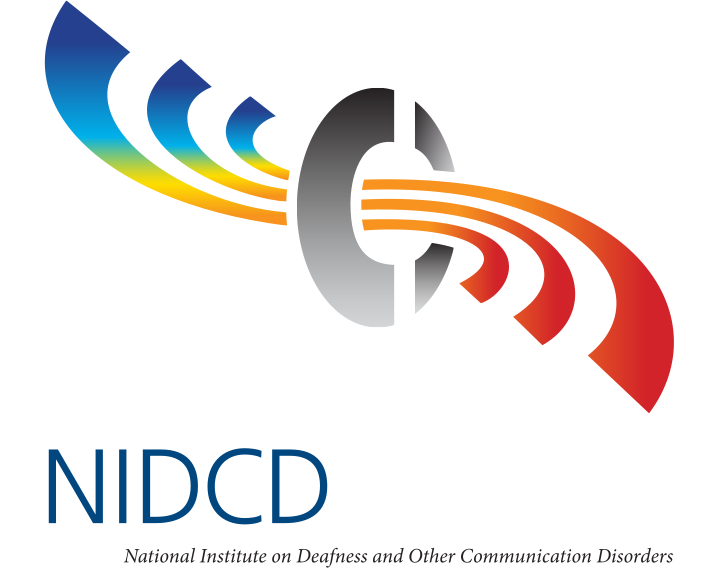Projects
Processing of Complex Sounds in the Auditory Cortex
The brain is very adept in processing complex sounds yet when certain conditions such as stroke, depression, schizophrenia, and others occur, language and speech disorders result. This may include auditory hallucinations. It is very important to understand the underlying mechanism of the brain to process complex sounds. Auditory perception and cognition, including processing of communication sounds, are achieved in the cerebral cortex. Continuing neurophysiological studies on anaesthetized cats and monkeys have yielded significant data on the organization of nonprimary auditory cortex. The functional organization of auditory response properties in different auditory cortical areas will be charted. Anatomical connections between different areas will be investigated with neuroanatomical tracers after physiological mapping.
Neural Bases of Speech Perception
The foundation of this study is to understand more about the neural basis of speech perception. Speech perception is readily observed psychologically, yet has not been readily observed neurobiologically. The notions of hierarchical networks, processing streams, and higher-order computational maps have been used successfully in animal research on complex visual and auditory perception. Using high-field fMRI the study will not only determine the location of cortical areas activated by natural and synthetic speech sounds, as opposed to other sounds with similar complexity, but also for the first time reveal detailed organizational principles of higher-order acoustic-phonetic feature maps within human auditory and language cortex. The studies will provide a wealth of new information in the under-researched field of higher auditory pathways in humans, as well as insight into general organizational principles of functional architecture in cortical processing.
Cortical Mechanism of Auditory-Visual Integration
The purpose of this study is to investigate the neural processing of auditory and visual information and what cortical mechanisms exist to integrate multisensory stimuli into an animal’s behavior. Auditory-visual perception and cognition, including communication sound processing, is achieved in the cerebral cortex. It has been proposed that one of the major cortical zones involved in the convergences of visual and auditory signals is the anterior bank of the supratemporal sulcus, known as supratemporal polysensory area (STP). The subsets of cells in the STP area have been shown to have either visual or auditory responses but very little is known about their associative properties. The rhesus monkey is the model organism used to examine higher cortical functions. The rhesus needs to be motivated to actively participate in the experiments, not only because attentional and other “non-specific” factors can influence the responses of the neurons in higher cortical areas, but also because some of the neurons in the higher areas are only active when they are fully engaged in a cognitive task and their responses can also be context-dependent in the behavioral task.
Sensory and Cortical Organization and Cross-Modal Plasticity in the Blind
Visual deprivation is one of the most extreme conditions leading brain regions to adopt new functions in response to environmental constraints, that is, to compensate for the loss of a sensory modality. Studies in visually deprived animals and in blind humans have long demonstrated the cross-modal recruitment of the visual cortex to process non-visual information. Yet little is known about the functional parcellation of the reorganized occipital cortex and its precise role in the processing of non-visual information and in higher cognitive functions. The main aims of the present project are (1) to determine the sensory organization of the occipital cortex in blind subjects, and (2) to identify the source of non-visual input to occipital cortex in the blind. Using functional Magnetic Resonance Imaging (fMRI), we will examine brain activity related to tactile and auditory stimulation while subjects try to either identify or localize stimuli. This will allow us to determine whether domain specificity exists within the reorganized occipital cortex of blind subjects for sensory modality and/or for identification and localization.
Using Diffusion Tensor Imaging (DTI) and Voxel-Based Morphometry (VBM), two relatively novel structural MRI techniques, we will investigate the structural basis of cerebral adaptive changes in blind subjects. VBM will allow us to examine if grey-matter cell density and volume in the blind occipital cortex are the same as those in the occipital cortex of sighted persons; DTI will examine the strength of white-matter fiber tracts projecting to and from occipital cortex in both subject groups, thus determining relative changes in the source of non-visual input in the blind.
Brain Changes in Tinnitus


Tinnitus, a mostly whistling, buzzing, or hissing phantom sound perceived in the absence of a corresponding external stimulus, causes suffering in about 15% of the adult population, and to date no reliable cure has been found. The causes of tinnitus are still poorly understood. The fact that it persists after section of the auditory nerve indicates that its origin lies within central auditory structures, but non-auditory structures seem to contribute as well. The following specific hypotheses about tinnitus generation are formulated.
Damage to the auditory periphery (e.g. as a consequence of loud-noise exposure or aging) causes some central auditory neurons to lose their input. We hypothesize that, similar to the remapping that occurs in somatosensory cortex after amputations of a limb, areas of auditory cortex affected by hearing loss start responding to lesion edge frequencies. This assumption is corroborated by the fact that patients with hearing loss show increased sensitivity for hearing-loss edge frequencies. The resulting imbalance in neuronal activity is interpreted as a sound signal the tinnitus.
As not all patients with hearing loss perceive tinnitus, activity in non-auditory structures are assumed to regulate neuronal auditory activity and prevent tinnitus perception. A likely candidate for such a structure is the paralimbic nucleus accumbens. This part of the ventral striatum has excitatory connections to the reticular thalamic nucleus (RTN), which in turn can inhibit the medial geniculate, the thalamic relay between inferior colliculus and auditory cortex. In tinnitus patients, NAc gray-matter volume is significantly reduced compared to healthy controls. Thus the volume-reduced NAc of tinnitus patients may fail to exert the inhibition necessary to block the excessive activation ultimately giving rise to the tinnitus percept. Intriguingly, like tinnitus, activity in the subcallosal area (including the NAc) is modulated by stress and sleep deprivation.
The aims of the proposed research are: 1) to provide direct evidence for reorganization of tonotopic maps in central auditory structures using high-resolution functional MRI, both in tinnitus patients and in patients matched for hearing loss who do not perceive tinnitus, and 2) to investigate the role of the NAc in tinnitus by a) comparing NAc volume in tinnitus patients and patients matched for hearing loss who do not perceive tinnitus, using high-resolution structural MRI and voxel-based morphometry, and b) comparing, by means of high-resolution functional MRI, activation in central auditory structures and the NAc of patients with intermittent tinnitus in periods during which they do perceive tinnitus and periods during which they do not.
Predictions are that reorganization of tonotopic maps will be found in all patients with hearing loss, but reduced NAc volume and activity only in patients who do (at the time of measurement) perceive tinnitus. These results would guide tinnitus research into a new direction and open up a new point of intervention by emphasizing the modulatory role of extra-auditory structures responsible for the direction of attention.
Sponsors:
- NIDCD
- Tinnitus Research Initiative
- Tinnitus Research Consortium




